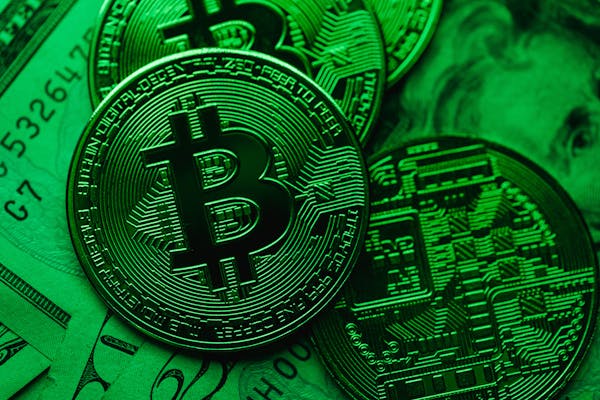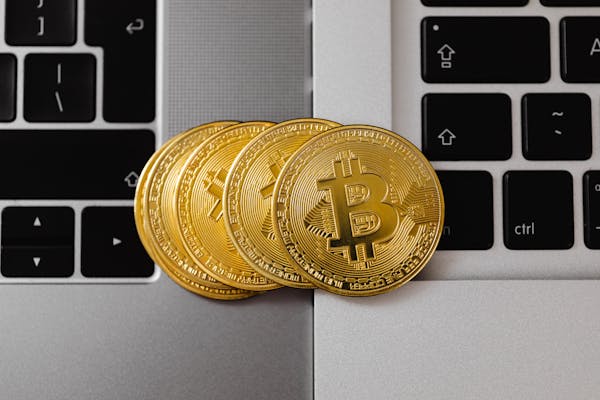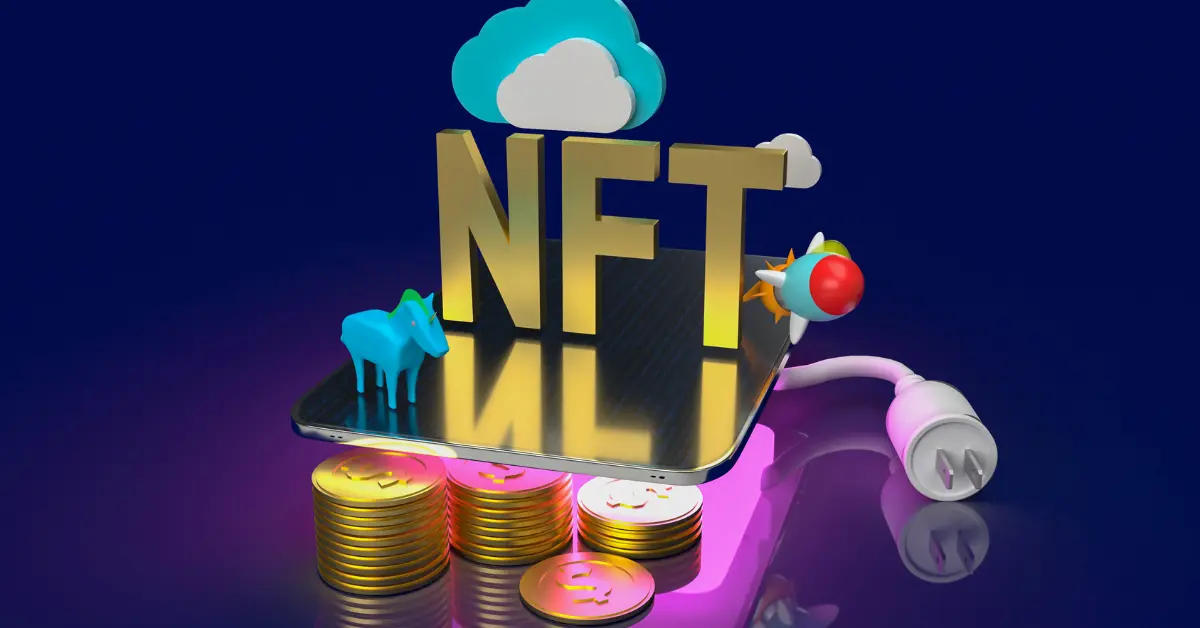What is DeFi, Decentralized Finance? A Complete 2024 Guide

What is Decentralized Finance
Decentralized Finance, or DeFi, is revolutionizing the world of finance by removing traditional intermediaries like banks and brokers. DeFi then utilizes blockchain to develop an integrated and transparent financial network that will allow all individuals with internet access to financial services. In this guide, I am going to explain what DeFi is, how it operates & how it’s revolutionising the financial services industry. We will also introduce you to the various basic utilities in DeFi such as decentralized exchanges, DeFi wallets, and lending platforms.
1. What is DeFi?
DeFi, short for Decentralized Finance, is a collection of financial applications built on blockchain networks, mainly Ethereum. DeFi is carried out using a decentralized system that does not involve common banks, institutions or brokers. However, DeFi leverages smart contracts which are automated contracts whose provisions are coded into the program to perform as the contract as intended. This market decentralization enables users to loan, borrow, swap and invest directly without the interference of middlemen, hence offering consumers better control over their financial activities.
However, in most DeFi platforms, you will be able to engage directly with a platform and engage in the processes more affordably and more quickly. If you will, it is in effect sort of a portable banking center where you can perform all the functions a bank would normally provide.
2. How Does DeFi Work?
DeFi is based on a decentralized structure with the majority of initiatives based on Ethereum with several using Binance Smart Chain and Solana. DeFi protocols rely on blockchain technology and smart contracts to execute transactions. Every transaction that takes place is reported on the blockchain, making it difficult to counterfeit, reversible or change.
In DeFi, users are empowered to use lending, borrowing, and trading services from decentralized financial applications including Aave, Compound, and Uniswap. For instance, with DeFi lending, users can lend their crypto assets and earn interest. This is very different from a traditional bank where there is no physical and centralized authority operating the system instead it is all run by code.

3. What is a Decentralized Exchange?
A decentralized exchange or DEX is a platform that enables trading bitcoin and other such cryptocurrencies with one another directly. Unlike centralized exchanges such as Binance or Coinbase, DEXs don’t have custody of your assets; you retain full authority over them. This setup reduces counterparty risk and also the level of anonymity is high because you don’t have to give out personal details when trading.
Uniswap is a good example of a DEX that allows trading out of DeFi wallets since token holders are able to swap tokens directly. Instead of bringing buyers and sellers together as most exchanges do, DEXs employ liquidity pools. It allows users to provide liquidity and make money as a proportion of trading volume; the simplest way to access the DeFi market.
4. What DeFi wallets are there? And are they safe?
To be involved in any decentralized finance activity, you require a DeFi wallet – the place where you hold your cryptocurrencies. For example, MetaMask and Trust Wallet are examples of a pocket that allows you to engage directly with DeFi protocols. But while DeFi wallets offer control and accessibility, there are security risks, such as DeFi wallet scams and hacking attempts. basic requirements such as using a safe wallet not clicking on the links, and checking smart contacts twice.
One of the exciting things about getting into DeFi is that there is always a question popping up in the community which is, “Is a DeFi wallet safe?” This depends on the way one is going to apply it. In fact, a DeFi wallet is generally considered secure on its own, however, engaging it with unreliable websites or tokens might endanger all your funds.
5. Some of the Most Used DeFi Applications and Protocols
In this case, DeFi has a large number of applications that target various financial services. Some of the most popular DeFi protocols include:
- Lending and Borrowing: Aave and Compound are examples of places where users can lend out their given assets or borrow against these assets.
- Decentralized Exchanges (DEXs): Tokens are traded directly without the help of middlemen, and that’s why users prefer Uniswap and SushiSwap.
- Stablecoins and Payment Solutions: Dai is another kind of stablecoin, whose value is tied directly to the US dollar, but which operates in a decentralized manner.
- Token Scanners: Tokens are always constantly traded in volumes in the decentralized trading environment and nominal tools like DeFi Scanner assist investors in tracking the token, how it performs, and whether it can be invested in.
- DeFi Investment Tools: Such strategies run on decentralized protocols and include Yield Farming, implemented by platforms like Yearn Finance.
These DeFi applications offer diverse financial solutions, giving its users full authority over their property and allowing them to receive revenue.
6. Advantages of Decentralized Finance
Defi offers several advantages over traditional finance, making it appealing to both individual users and businesses:
- Transparency: Every deal in a blockchain is transparent because every piece of information is saved and accessible to anyone.
- Accessibility: Its accessibility is that everybody who has an internet connection can join it, especially for those people who cannot open bank accounts.
- Reduced Fees: This is because the DeFi platforms cut out the middlemen, which sometimes make up the largest portion of the costs.
- Ownership and Control: There are no more middlemen that is banks or brokers, the owners have control over their assets.
- Decentralized Lending: DeFi lending allows users to lend and earn interest without a bank, creating a decentralized bank-like experience.
These are features that make DeFi an ideal opportunity for individuals who are reluctant to work and participate in classical finance.
7. Risks and Challenges in DeFi
While DeFi has substantial potential, it comes with risks:
- Smart Contract Bugs: Again, because DeFi is built on smart contracts, any vulnerability that exists in the code can be exploited for an individual’s monetary loss.
- DeFi Wallet Scams: Cybercriminals now prey on new users and make them sign unbeneficial contracts for their benefit.
- High Volatility: Configuration of DeFi as an asset class means that it can be very risky leading to fluctuations in the asset value and the returns.
- Market Decentralisation Risks: A market that is fully decentralized is less regulated because there is no external authority to regulate the kind of activities that are carried out.
Knowledge of these risks assists you in making appropriate decisions before venturing into DeFi.

8. How to Invest in DeFi
DeFi has the potential to generate impressive returns for investors once one knows where to invest and how to go about it. Here are some common investment methods:
- DeFi Lending and Borrowing: Trade your tokens on the respective lending platforms such as Compound or Aave to receive earnings.
- Staking and Yield Farming: Make your tokens staking to receive from liquidity pools reward.
- DeFi Tokens: Invest in them, and keep holding some of the most trending DeFi tokens like Uniswap (UNI) or Aave (AAVE).
- Decentralized Exchange Trading: Use of DEXs to trade, in order to benefit from changes in the price of tokens.
It’s important, though, to note that investing in DeFi is a high-risk venture, which means that as much as possible, one should make sure to do his or her homework well and spread out his or her investment portfolio.
9. DeFi or Decentralized Finance – A New Future of the Financial System
The possibilities of decentralized finance are not hype – it is the future that is forming today in the free, open, and permissionless financial system. As more people and businesses embrace market decentralisation and adopt DeFi protocols, we may see a significant shift away from traditional financial systems. DeFi technologies have the potential to enable a truly global economy where access to financial services is no longer a privilege but a right.
Prominent analysts believe that a new generation of DeFi will appear in the future which will be called DeFi 2.0 that will look at the current DeFi differentials and try to overcome them. As this ecosystem grows, DeFi projects will likely continue evolving to meet users’ needs in innovative ways.
10. Conclusion
Decentralized Finance (DeFi) represents a new era in finance, offering unprecedented access to financial services through blockchain technology. With applications ranging from decentralized banks and exchanges to lending, staking, and more, DeFi empowers users to manage their assets independently. Nonetheless, more opportunities appear in DeFi; it is crucial to observe the market more critically, follow the possibility of receiving certain benefits, know the threats, and be aware of security measures.
You have to treat yourself as a stern teacher as you navigate through the world of DeFi. You do not have to be overwhelmed with the new financial front, as you can be equipped with the necessary tools.


